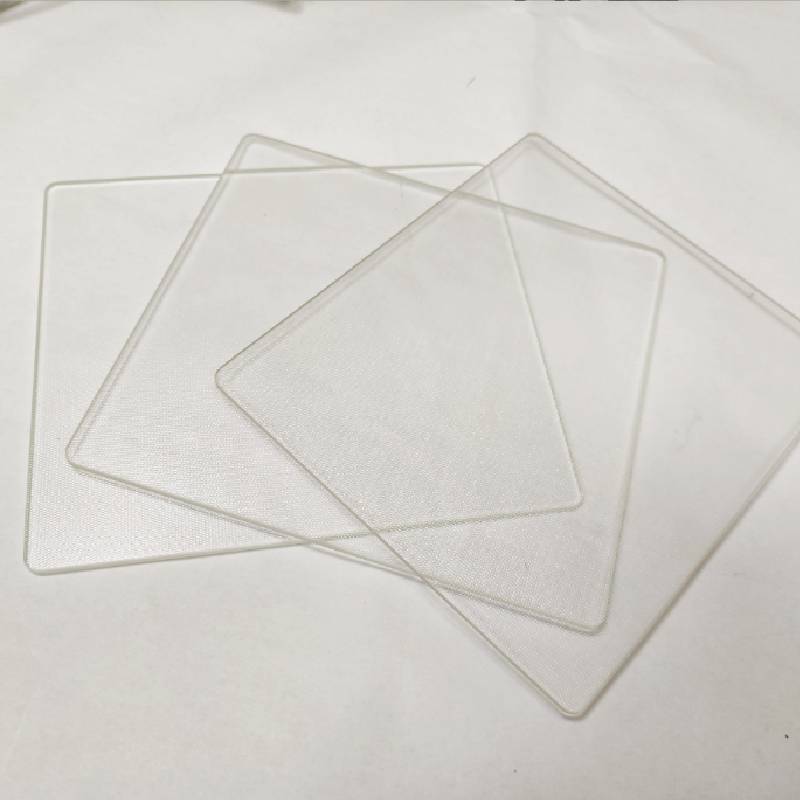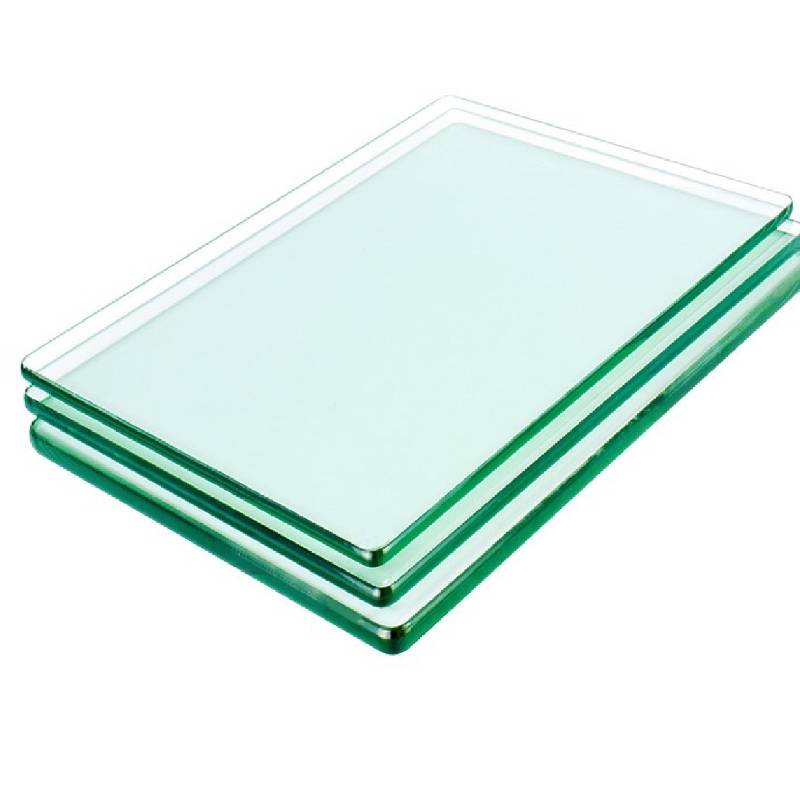The float glass process stands as a remarkable transformation in the manufacturing domain, seamlessly blending art and science to produce high-quality glass. This innovative technique has profoundly influenced multiple industries, highlighting its indispensable role across various applications, and ensuring it remains a cornerstone in contemporary glass production.

Originating in the mid-20th century, the float glass process was developed to revolutionize the glass industry by enabling the mass production of uniform, high-quality sheets of glass. The process involves floating molten glass on a bed of molten tin, allowing gravity and surface tension to work together to create a perfectly flat, smooth sheet. The method is economically advantageous, as it minimizes wastage and labor intensity compared to previous techniques, while maximizing the optical clarity and quality of the glass produced.
This technique's ascendancy is largely attributed to its ability to cater to the burgeoning demand for energy-efficient, aesthetically pleasing, and versatile glass products in both architectural and automotive sectors. The resultant glass is not just transparent; it can be further processed, tempered, and coated to enhance functionalities such as insulation, UV protection, and even self-cleaning capabilities. In commercial and residential buildings, float glass is pivotal in constructing windows, facades, and balustrades, where transparency meets strength and safety requirements. The automotive industry, too, relies heavily on float glass for windshields, side windows, and sunroofs, ensuring clarity and durability while adhering to stringent safety standards.

From an expertise standpoint, the float glass process exemplifies advanced thermal and mechanical engineering. Precision control is imperative in maintaining temperatures and environmental conditions within the float bath, demanding a symbiotic relationship between cutting-edge technology and skilled craftsmanship. Continuous innovations are found in refining the compositional elements of the glass, or improving the float bath’s infrastructure to withstand higher production speeds and capacities.
float glass process
The authority and trust in the float glass methodology are grounded in its consistent track record of delivering product excellence. By contributing to significant reductions in greenhouse gas emissions through the development of energy-efficient glass products, the float glass process showcases its alignment with global sustainability goals. Furthermore, renowned float glass manufacturers continuously set benchmarks within the industry, emphasizing not only the quality but also the ecological impact of glass production.
Real-world experiences corroborate the superior functional performance of float glass products. Architects and designers consistently laud the process for providing a competitive edge in aesthetics and performance. Retrospective data reveal that structures utilizing float glass inherently enjoy prolonged life spans and reduced maintenance costs, reinforcing its reputation as a resilient and cost-effective material choice.
As digitalization and automation continue to interlace with traditional manufacturing practices, the float glass process displays remarkable adaptability, integrating state-of-the-art controls and monitoring systems. This evolution ensures not only the enhancement of the glass's physical properties but also increased efficiency and scalability of production lines.
In conclusion, the float glass process is a testament to industrial progress, intertwining meticulous engineering with scalable production to cater to diverse market needs. Its role is not constrained to merely producing functional glass; it continues to pave the way for advancements in smart glass technologies and sustainable architecture. The ongoing enhancement in process technology and material science affirms the float glass process's position as an indispensable pillar in modern manufacturing and a keystone in the quest for sustainable development.
 Afrikaans
Afrikaans  Albanian
Albanian  Amharic
Amharic  Arabic
Arabic  Armenian
Armenian  Azerbaijani
Azerbaijani  Basque
Basque  Belarusian
Belarusian  Bengali
Bengali  Bosnian
Bosnian  Bulgarian
Bulgarian  Catalan
Catalan  Cebuano
Cebuano  Corsican
Corsican  Croatian
Croatian  Czech
Czech  Danish
Danish  Dutch
Dutch  English
English  Esperanto
Esperanto  Estonian
Estonian  Finnish
Finnish  French
French  Frisian
Frisian  Galician
Galician  Georgian
Georgian  German
German  Greek
Greek  Gujarati
Gujarati  Haitian Creole
Haitian Creole  hausa
hausa  hawaiian
hawaiian  Hebrew
Hebrew  Hindi
Hindi  Miao
Miao  Hungarian
Hungarian  Icelandic
Icelandic  igbo
igbo  Indonesian
Indonesian  irish
irish  Italian
Italian  Japanese
Japanese  Javanese
Javanese  Kannada
Kannada  kazakh
kazakh  Khmer
Khmer  Rwandese
Rwandese  Korean
Korean  Kurdish
Kurdish  Kyrgyz
Kyrgyz  Lao
Lao  Latin
Latin  Latvian
Latvian  Lithuanian
Lithuanian  Luxembourgish
Luxembourgish  Macedonian
Macedonian  Malgashi
Malgashi  Malay
Malay  Malayalam
Malayalam  Maltese
Maltese  Maori
Maori  Marathi
Marathi  Mongolian
Mongolian  Myanmar
Myanmar  Nepali
Nepali  Norwegian
Norwegian  Norwegian
Norwegian  Occitan
Occitan  Pashto
Pashto  Persian
Persian  Polish
Polish  Portuguese
Portuguese  Punjabi
Punjabi  Romanian
Romanian  Russian
Russian  Samoan
Samoan  Scottish Gaelic
Scottish Gaelic  Serbian
Serbian  Sesotho
Sesotho  Shona
Shona  Sindhi
Sindhi  Sinhala
Sinhala  Slovak
Slovak  Slovenian
Slovenian  Somali
Somali  Spanish
Spanish  Sundanese
Sundanese  Swahili
Swahili  Swedish
Swedish  Tagalog
Tagalog  Tajik
Tajik  Tamil
Tamil  Tatar
Tatar  Telugu
Telugu  Thai
Thai  Turkish
Turkish  Turkmen
Turkmen  Ukrainian
Ukrainian  Urdu
Urdu  Uighur
Uighur  Uzbek
Uzbek  Vietnamese
Vietnamese  Welsh
Welsh  Bantu
Bantu  Yiddish
Yiddish  Yoruba
Yoruba  Zulu
Zulu 


